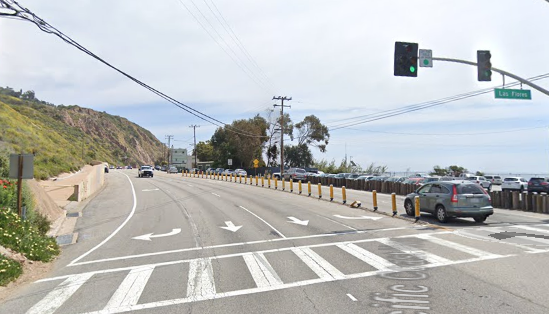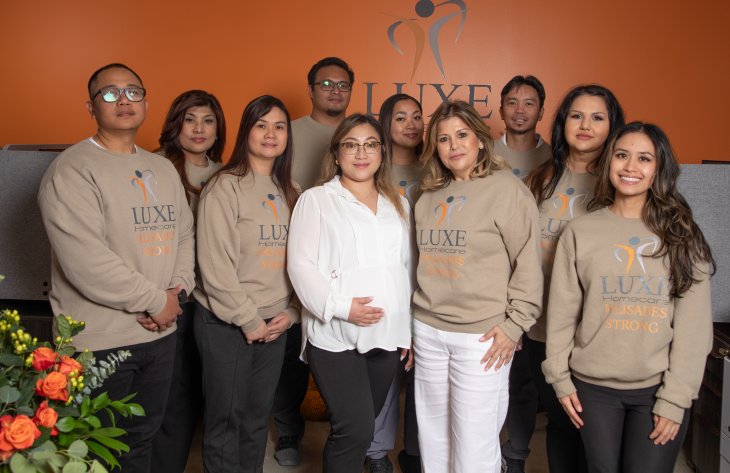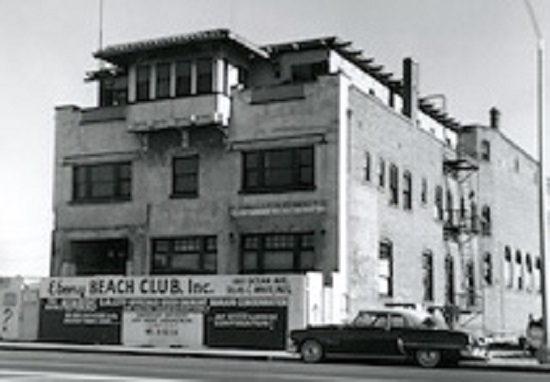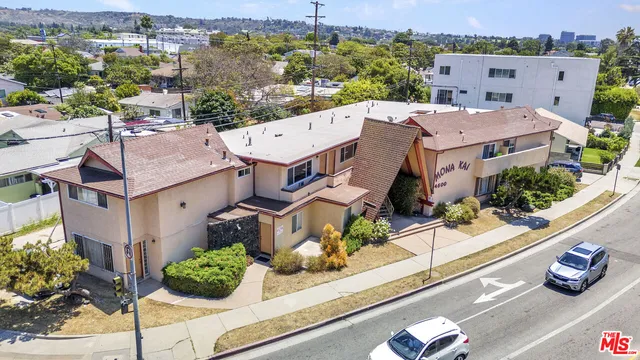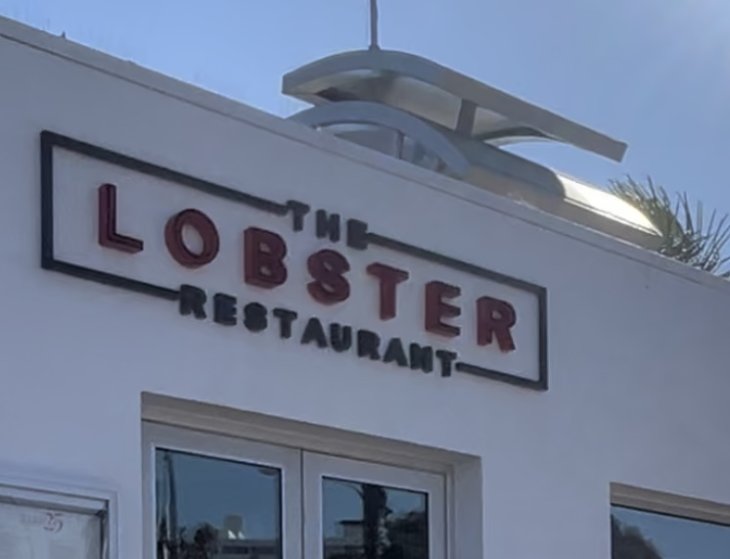By Tom Elias, Yo! Venice Columnist
Proposition 13 is still the third rail of California politics,” crowed Jon Coupal in the headline of an Internet posting days after the narrow defeat of November’s Proposition 15, which aimed to take the property tax benefits of the 1978 Prop. 13 away from commercial and industrial property.
“Prop. 13 has almost mythical powers against those who would assail it,” Coupal also told a reporter.
Not exactly. For after its loss, the sponsors of Proposition 15 immediately announced plans to bring it back again two years from now.
That’s apparently OK with Coupal, the head of the Howard Jarvis Taxpayers Assn., named for the co-author of Prop. 13’s property tax limits. He argued that this fall’s timing could not have been better for Prop. 15, which embodied a concept called the “split roll.”
Had the split roll passed, residential properties all over California would still have kept all current features of Prop. 13, which sets taxes at 1 percent of the most recent sales price, levies rising no more than 2 percent per year after that. Properties that have not changed hands since 1978 are taxed at 1 percent of their 1975 appraised value, plus that maximum 2 percent yearly increment.
This system sees owners of identical, side-by-side homes that sold at different times paying vastly different tax bills. Homes that stayed in the same hands for the last 45 years pay significantly less than neighbors who moved in more recently. The difference can come to tens of thousands of dollars each year.
Split roll leaves all this alone. Instead, the failed fall initiative went after commercial property, never the main focus when Prop. 13 originally passed. The emphasis then was on preventing seniors and other longtime homeowners from being priced out of their homes by the rapidly accelerating property taxes of that time.
Coupal claimed this fall was the ideal time for labor unions and leftists to go after part of Prop. 13. He also steadily contends that an attack on any part of Prop. 13 amounts to a threat to all of it. He noted that the fall election promised to draw record numbers of voters because of President Trump’s presence on the ballot. It did. He claimed the ballot description by state Attorney General Xavier Becerra was misleadingly favorable to Prop. 15. It was. And he said labor unions were flush with money from dues with which to back the split roll.
And they did. The California Teachers Assn. alone put up more than $20 million.
But Coupal ignored the coronavirus pandemic. Some consequences of that plague, like its emptying out of many office towers, made very uncertain the $12 billion in new revenues split roll backers promised to local governments and schools. The pandemic also has shut down myriad businesses everywhere in California, many permanently. Increased commercial real estate taxes would have been passed through to surviving businesses and their customers, even as they tried to recover.
Those conditions mitigated against passage, and the measure lost by a slim 52-48 percent margin, or 670,000 votes out of almost 16 million cast.
If Prop. 13 were really a third rail, a type of railroad track that deals electric shocks to anyone who touches it, no one would want to bring it back. The losers would be nursing their wounds.
Instead, they can’t wait to bring the split roll back in 2022. Said the Public Advocates non-profit law firm, “Rest assured the fight for adequate funding for our schools and communities is far from over…the total vote, with 7.5 million in favor, is cause for optimism. Californians know there is an unacceptable gap between the haves and have-nots in our state.”
So it’s virtually a sure thing the split roll will return in the next general election, with a different number and a different ballot description, but the same mission of revising current property tax law to make business property owners pay more of the freight.
Which demonstrates Prop. 13 likely has lost whatever mythical power kept it from being seriously challenged over its first 42 years.
Email Thomas Elias at tdelias@aol.com. His book, “The Burzynski Breakthrough, The Most Promising Cancer Treatment and the Government’s Campaign to Squelch It” is now available in a soft cover fourth edition. For more Elias columns, visit www.californiafocus.net



